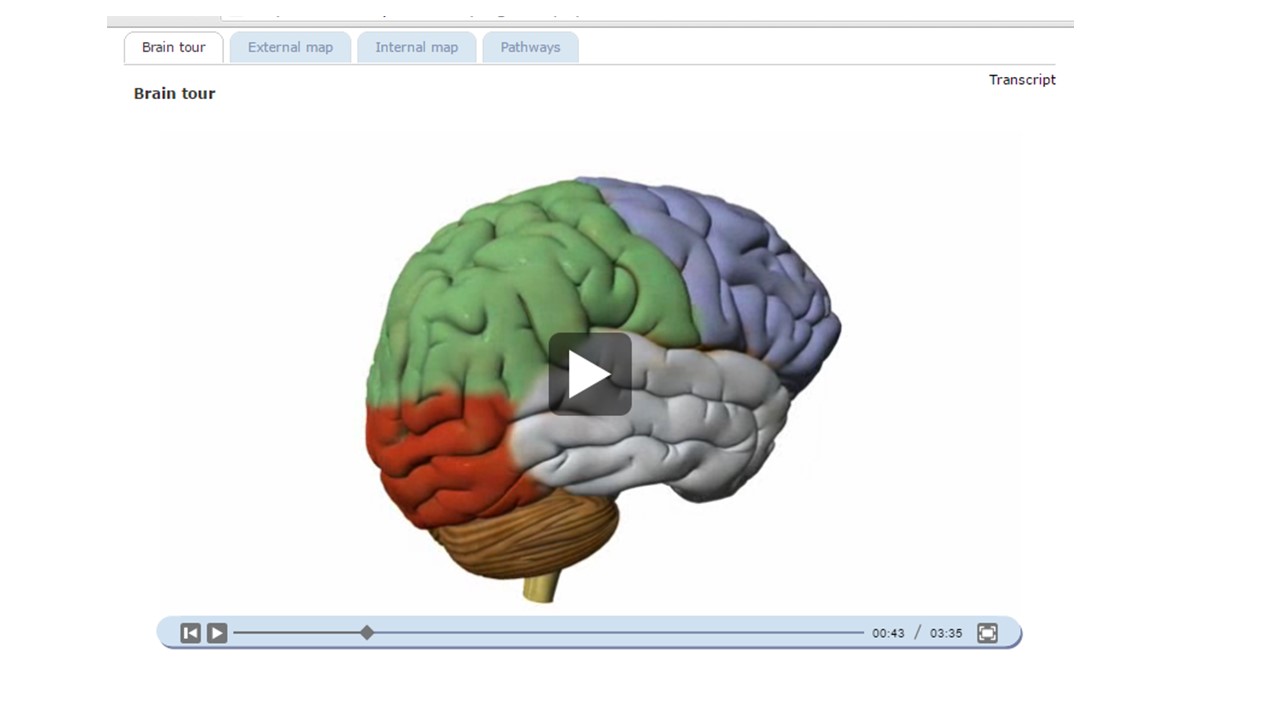Preparing Resources fror EdD Proposal: Reading Multi modality
Sunday, 11 Sept 2016, 20:11
Visible to anyone in the world
Edited by Steve Bamlett, Sunday, 11 Sept 2016, 20:13
Reading Multi modality
SDK228 The Science of Mind employs a ‘Map’ of
the sequential and domain Structure of the module in order to locate within
this map, the Learning Activities on the module.
This Map offers access and structure to those activities:
·ACCESS because icons representing activities are
one way of accessing them;
·STRUCTURE because the activities are multiply coded;
o By
spatial location and letter code as equal segments of a four segment circular structure. Each of 3 segments relate to a sequential
discussion of three mental health diagnoses, with an introductory segment
introducing concepts common to all 3.
oBy spatial location within 3 colour-coded 2-dimensional
levels of a concentric ‘doughnut’ rings. The colour code has a key indicating
the conceptual domain represented by each coloured ring.
The illustration above shows the result of a learner
choosing the ‘free roam’ version of the map. Alternatively the learner can
choose to restrict their access for the time being to one of the segment areas.
They can be chosen without regard to the sequence in the module.
Above is segment 3.
All Activities are coded as ‘A’ (for Addictions). Roaming the mouse cursor over
each activity (numbered 1 to 4) raises a simple explanation of the activity’s
contents, which also justifies its colour-coded domain location. The number of
activities roughly follows a path from the inner ring (yellow for ‘Symptoms’)
to the outer one (blue for ‘Treatment’), with the orange ring (for Biology)
always (IF ACTIVITIES ARE PERFORMED IN NUMERICAL ORDER) intermediary between ‘symptoms’
and ‘treatments’ domains. It could be considered that sequencing of activities
privileges biological explanations of biopsychosocial material in the other
domains. The figure also shows the manner in which activities are explained in
pop-ups – provided the Activity is not selected by a mouse or key click.
Activities can also be selected for access from the
drop-down menu shown as open above, as well as outside the MultiMedia Map from
the Sequential Course Outline web page, organised by recommended week of study
order.
Choosing the ‘Interactive
Brain/ label and icon shown in the upper right of the picture above accesses a
rotational animation offering the illusion of a 3-dimensional tour of the brain
and its classic means of division (hemispheres, gross anatomy, cortical lobes
and various ‘sections’). The picture shows the brain highlighted by colour
codes for he lobes. The rotational aspects and feature highlights are contained
in a spoken narrative synchronously accompanying the progress of the animation.
The animation narrative can be paused and the temporal location of any screenshot
opportunity noted. File tabs take learners from a general tour, to animations
on external and then internal 3-D cartography of the brain and thence to
demonstrations of neural pathways associated with particular neurochemical
messengers and their functions.
Preparing Resources fror EdD Proposal: Reading Multi modality
Reading Multi modality
This Map offers access and structure to those activities:
· ACCESS because icons representing activities are one way of accessing them;
· STRUCTURE because the activities are multiply coded;
o By spatial location and letter code as equal segments of a four segment circular structure. Each of 3 segments relate to a sequential discussion of three mental health diagnoses, with an introductory segment introducing concepts common to all 3.
o By spatial location within 3 colour-coded 2-dimensional levels of a concentric ‘doughnut’ rings. The colour code has a key indicating the conceptual domain represented by each coloured ring.
The illustration above shows the result of a learner choosing the ‘free roam’ version of the map. Alternatively the learner can choose to restrict their access for the time being to one of the segment areas. They can be chosen without regard to the sequence in the module.
Activities can also be selected for access from the drop-down menu shown as open above, as well as outside the MultiMedia Map from the Sequential Course Outline web page, organised by recommended week of study order.
Choosing the ‘Interactive Brain/ label and icon shown in the upper right of the picture above accesses a rotational animation offering the illusion of a 3-dimensional tour of the brain and its classic means of division (hemispheres, gross anatomy, cortical lobes and various ‘sections’). The picture shows the brain highlighted by colour codes for he lobes. The rotational aspects and feature highlights are contained in a spoken narrative synchronously accompanying the progress of the animation. The animation narrative can be paused and the temporal location of any screenshot opportunity noted. File tabs take learners from a general tour, to animations on external and then internal 3-D cartography of the brain and thence to demonstrations of neural pathways associated with particular neurochemical messengers and their functions.